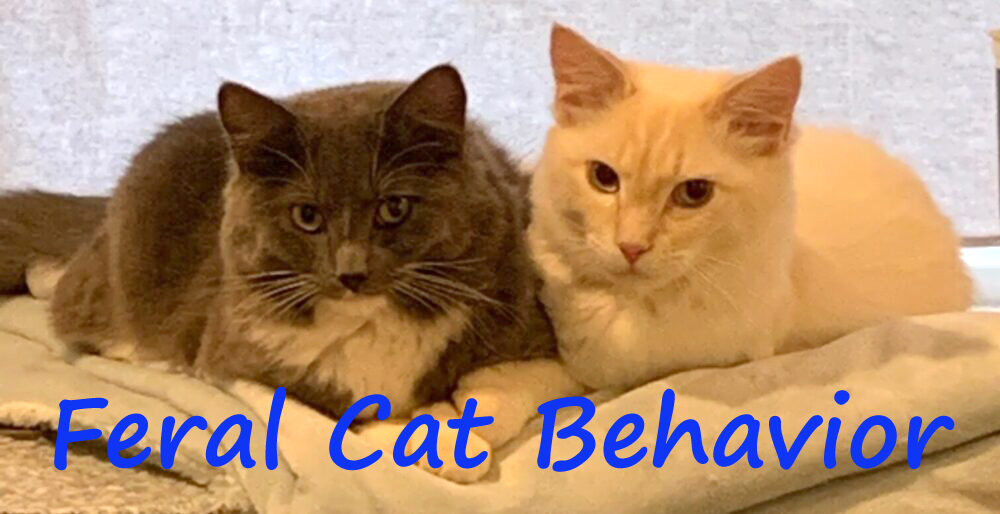Dearly Beloved Cat Lover,
We are gathered together here today, in the midst of a ringworm invasion and in the face of a highly infectious fungi to persuade this parasitic fungus to leave on its own accord.
This is not an affliction to take lightly, but a battle to be waged with forcefulness and purpose.
A journey one must dedicate themselves to, consisting of topical ointment, boxes of rubber gloves, hand sanitizers, buckets of bleach and hot water and pills to place on resisting kittens’ tongues resulting in battle scars of scratches and bites.
If anyone can show just cause why these kittens should not be separated from this fungi, let him never speak and go forth instead into the library and research this pesky hitchhiker known as ringworm.
Ringworm is a skin condition caused by a group of fungi found within the environment. Typical on kittens, though not rare on older cats, studies have shown that short-hairs are easily infected, but long-hairs generally are the carriers.
This fungi whose technical term is dermatophytes attacks the skin, hair and claws of kittens attaching to the skin and spreading its spores leaving hairless patches of scabby skin in its wake.
Ringworm invasions can easily be spotted by your vet with a Woods lamp, but also a regular black light will show the battlefield as the kitten will glow fluorescent yellow-green wherever the invader has landed.
Typical areas of infection are: the face, paws, belly and neck. Once taking hold the spores can live in the environment for over 13 months causing re-infection to occur.
Kittens born without receiving the benefit of mom’s milk or who are malnourished are susceptible to this group of fungi. High stress situations such as crowded catteries, busy active households or cramped quarters of animal shelters hasten the spread of ringworm and infected kittens or cats need to be separated from the other resident cats within the home as soon as possible.
In certain breed cats, such as the Persian, the kittens have a higher rate of infection and a lower tolerance to this disease.
You can identify ringworm not only with the benefit of a Wood’s Lamp, but also by the growth pattern ringworm leaves on the coat. The fungi moves downward in a vertical fashion causing the kitten’s hair to fall out, there will be a circular patch of missing hair that will begin to scab over, or in severe cases, ooze from the lesions left behind.
If the ringworm invades the face (and that is the most common area that ringworm starts) once it gets close to the eyes, it can cause a type of conjunctivitis to occur, the kitten may also lose whiskers and eyelashes. Treatment needs to be done carefully in this case so that none of the prescribed medicine enters the eyes or the mucous membranes. In extreme cases of infestation, a complete body might be required to stop the spreading of the ringworm through the hair.
Generally, the fungi run themselves out within 30 days if treatment is applied.
Ringworm is not painful for the kitten, but it is an unsightly condition. Untreated, ringworm can lead to complications and when treating severe cases of ringworm, care should be directed toward the drugs given to you by your vet. Some of the drugs carry substantial risks in just the side effects alone. Boosting the immune system is advisable as this will help stem the march of the fungi across the kitten’s body.
